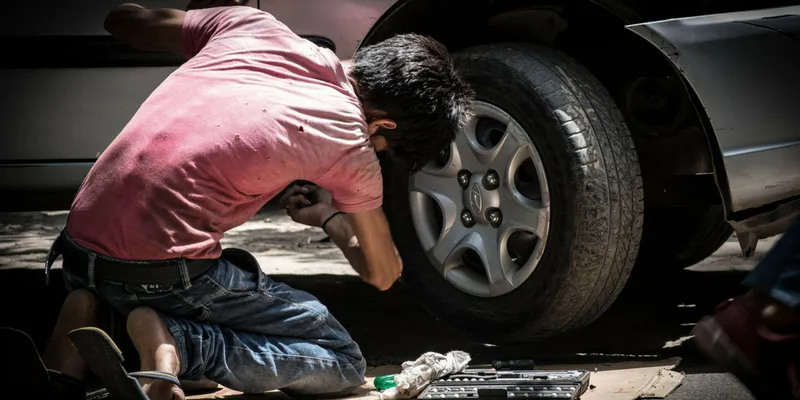10 facts you must know about child labour in India on Anti Child Labour Day
We pass by so many children indulging in some work or the other every day. The sight has been growing on us slowly but surely to the extent that we have accepted the situation as ‘normal’ in India. Some of us who want to justify it come up with statements like “Poverty is the reason they are into labour”, or “They are only helping their parents in bringing in a stable income”. We seldom think with the same spirit that there can be no excuse for these children to not be in school; that education is a basic right, and we are failing our children by not enabling them to realize their own right. On Anti-Child Labour Day, here are 10 things about child labour in India that needs to be discussed.

- Between the age of 5-18, India has a whopping 33 million child labourers. That is a telling argument to put forward on Anti Child Labour Day, don’t you think?
- 80 percent of the child labour in India is concentrated in rural India. While we see children indulge in various jobs in cities, it is mostly the children in rural areas who get pulled into the vicious web of labour.
- The agriculture, forestry, and fishing industries take up 62 percent of working children in the country. Imagine tiny hands that should be holding a pen toiling away in the fields.
- Uttar Pradesh is home to the largest number of child labourers in the country – over 6 lakh children (Census 2011). Stunning, isn’t it? However, this data is arrived at by the virtue of the fact that the state boasts of the highest percent of child population as well.
- Child labour in India is inextricably linked to education, or the lack of it. Children between the ages of 5-14 are accorded free and compulsory education by the government under the Right to Education (RTE) Act.
- While the RTE is a breath of fresh air, the other side of it is lack of any provision for children in the age group of 15-18. As free education isn’t guaranteed to them, a number of children from this age group drop out of school. These children are more vulnerable and are easily led into the seemingly innocuous occupations of babysitting, working as maids, in small-scale industries, and so on which are allowed by law, as these professions are listed under non-hazardous. Do you think these aren’t strenuous tasks for children?
- Now, there is a 25 percent reservation made in private schools for children from lower economic backgrounds to avail free education. However, it is another discussion altogether whether this privileged atmosphere is made congenial to children from underprivileged backgrounds.
- While the law states clearly that no child under the age of 14 will indulge in any kind of labour, there is a big ‘but’ in the way that hinders this rule. The law has exempted children under 14 if they are “helping” their families. If the children man the shop that their parents run, start beading flowers or toys to be sold, what is wrong with that, one may ask. We are depriving the children of their time to rest and play. We all know how “All work and no play…” ends. Need we say more?
- There are a few more exceptions when it comes to the kind of work children below 14 can take up, such as if s/he is a child artist in the audio-visual entertainment industry, including advertisement, films, television serials, or any such other entertainment or sports activities except the circus. However, the point that we are driving home is that they are still working in a largely unregulated environment.
- Is child labour a punishable offence? Of course, yes. Whoever employs any child or permits any child to work is punishable by imprisonment or a fine, or both. That said, how often does this happen?
Today, on the UN’s World Day Against Child Labour, let us raise a voice against this terrible treatment being given to our future generations, and let us all take a pledge to fight against – and eradicate – child labour, in any form whatsoever.
(Disclaimer: The views and opinions expressed in this article are those of the author and do not necessarily reflect the views of YourStory.)







